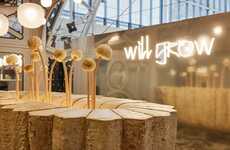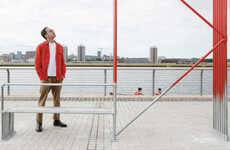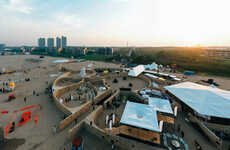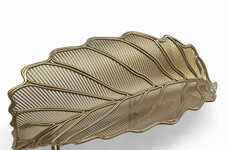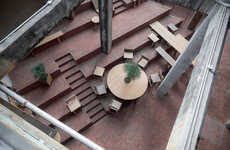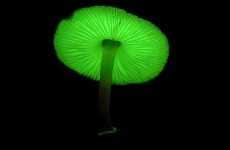
Fungus Chairs by Ma Yansong
lourdes sanchez bayas — March 24, 2008 — Art & Design
References: dezeen
These are Fungus chairs created by Chinese architect Ma Yansong of the Chinese architecture firm MAD as part of a public art display in Pudong District, Shanghai, China.
Thematically, this display is "Looking into the urban environment from the biological point of view, the MAD fungi are the benign bacteria that contribute to the sound and reasonable development of the social culture" according to Dezeen.
They further state, "The seating is made up of interlocking modules and is inspired by the growth of fungus clusters".
Thematically, this display is "Looking into the urban environment from the biological point of view, the MAD fungi are the benign bacteria that contribute to the sound and reasonable development of the social culture" according to Dezeen.
They further state, "The seating is made up of interlocking modules and is inspired by the growth of fungus clusters".
Trend Themes
1. Biomimicry Seating - Companies can capitalize on creating comfortable seating inspired by biology, bringing balance and sustainability to the urban environment.
2. Modular Seating - Opportunities exist for companies to use non-traditional geometric shapes and interlocking modules to create versatile seating solutions for public spaces.
3. Nature-themed Public Art - Cities can encourage public art that explores themes related to nature and biology to create more organic and sustainable urban environments.
Industry Implications
1. Furniture Design - The furniture industry can adapt biomimicry and modular design techniques to create more sustainable, earth-friendly seating solutions.
2. Public Space Design - Designers in the public space industry can leverage nature-themed public art and modular seating solutions to create smart, sustainable urban environments.
3. Architecture - Architects can incorporate designs inspired by nature and biology, such as the Fungus chairs, into larger building projects to create more visually interesting and sustainable structures.
2.4
Score
Popularity
Activity
Freshness

